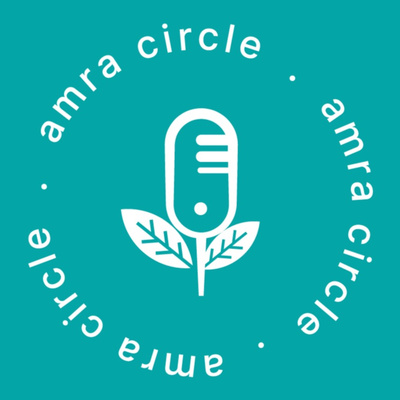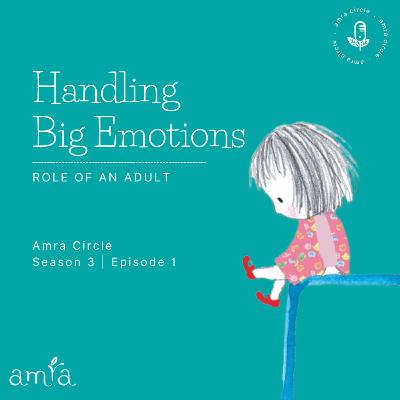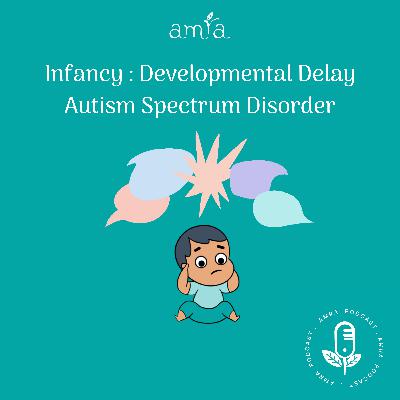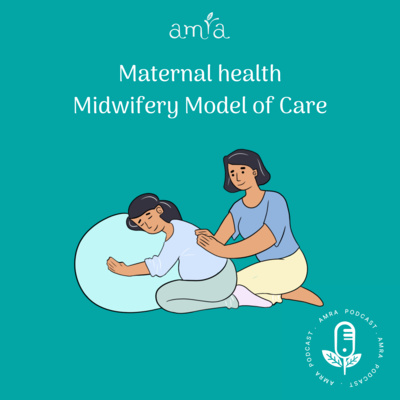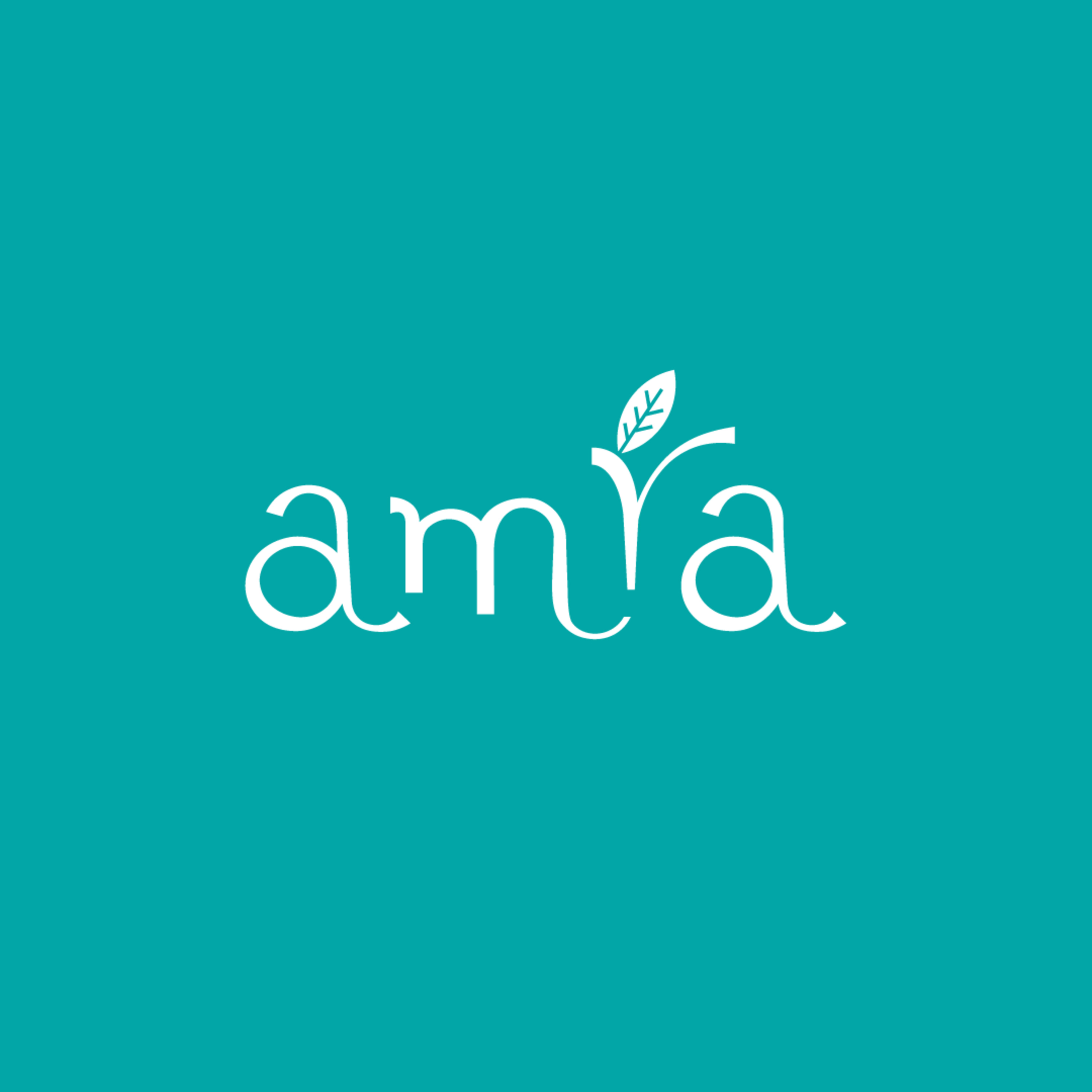Play - Different Kinds and Stages
Description
Play consists of activities performed for self-amusement. These activities have behavioral, social, and psychomotor rewards. It is child-directed, and the rewards come from within the individual child; it is enjoyable and spontaneous.
Play takes different forms for different children, and its definition entails many aspects. Play is the direct opposite of work.
Parten’s Social Stages of Play
1. Unoccupied play : Infants appear to make random movements with no clear purpose,
2. Solitary play : From three to 18 months, children will spend much of their time playing on their own.
3. Parallel play : From the age of 18 months to two years, children begin to play alongside other children, often mimicking them, but without any interaction.
4. Associative play: When children are around three to four years of age, they become more interested in other children than their toys.
5. Social/cooperative play : Children around the age of three are beginning to socialize with other children.
Beyond Parten’s Stages, play can also be described by these additional categories or types of activities children can engage in during play.
6. Motor – Physical Play : When children run, jump, and play games such as hide-and-seek and tag, they are engaging in physical play. Physical play offers a chance for children to develop muscle strength, coordination, and exercise and develop their bodies appropriately, while maintaining healthy weight.
7. Constructive Play : In this type of play, children build and create things. Constructive play starts in infancy and becomes more complex as your child grows.
8. Expressive Play : Children learn to express feelings and emotions during expressive play. Art, music, and writing help children develop creativity and symbolic communication through expressive play.
9. Fantasy / Dramatic Play : Children learn to create and imagine beyond their world during fantasy play. They may assume adult roles and learn to think in abstract ways. Children stretch their imaginations and use new words and numbers to express concepts, imaginations and historical concepts.
10. Competitive Play : Competitive play begins in the late preschool period. The play is organized by group goals and established rules. There is at least one leader, and children are definitely in or out of the group.

